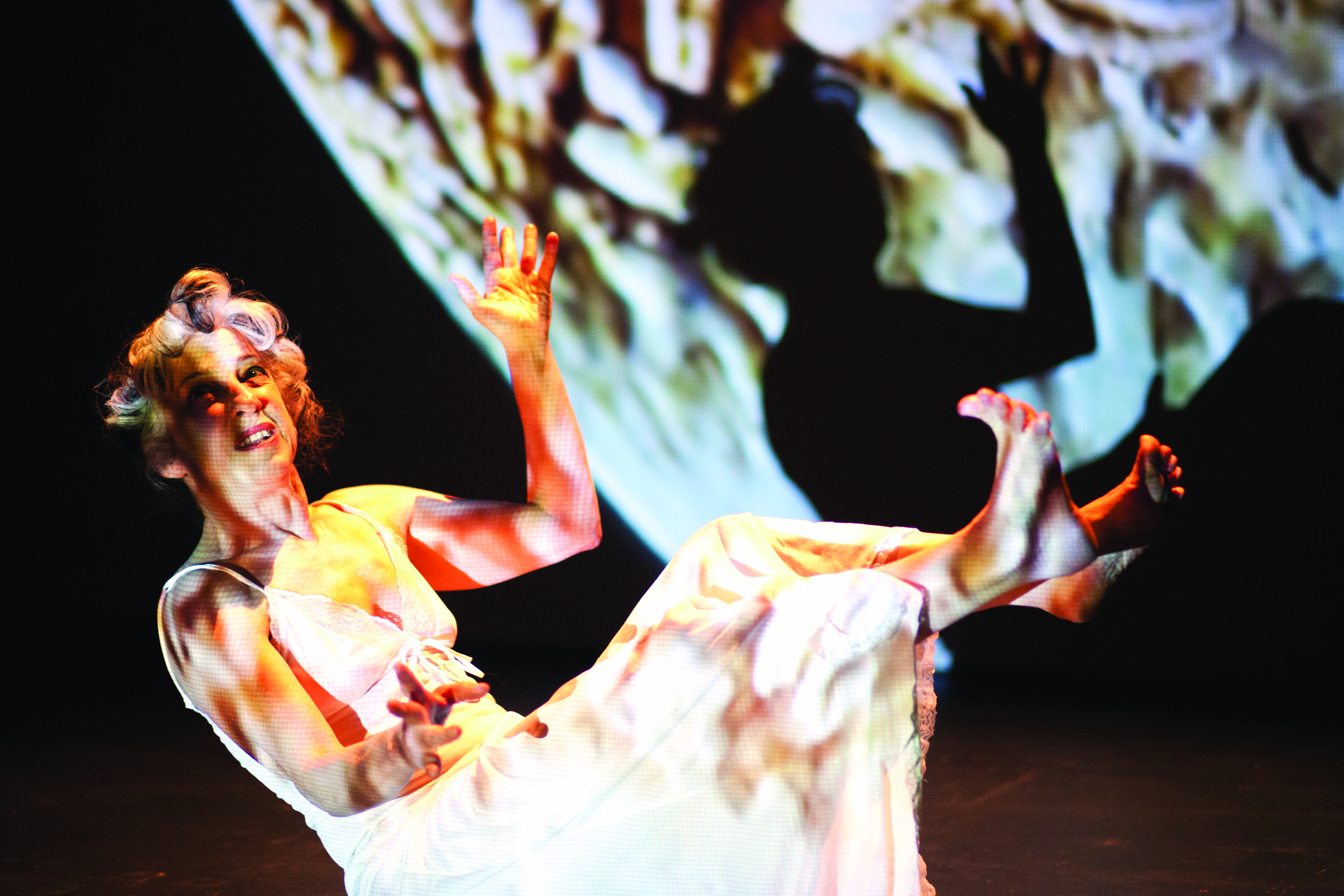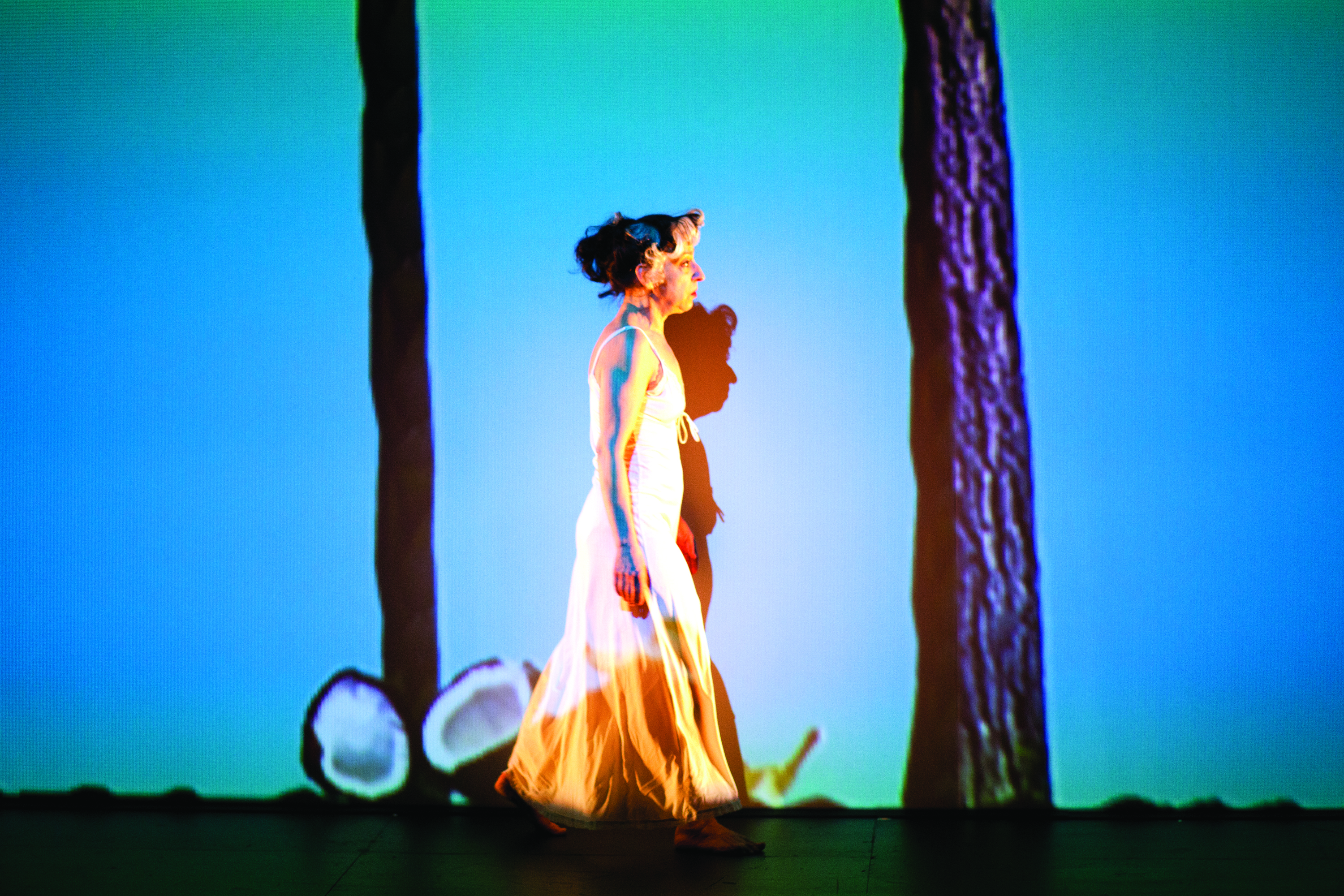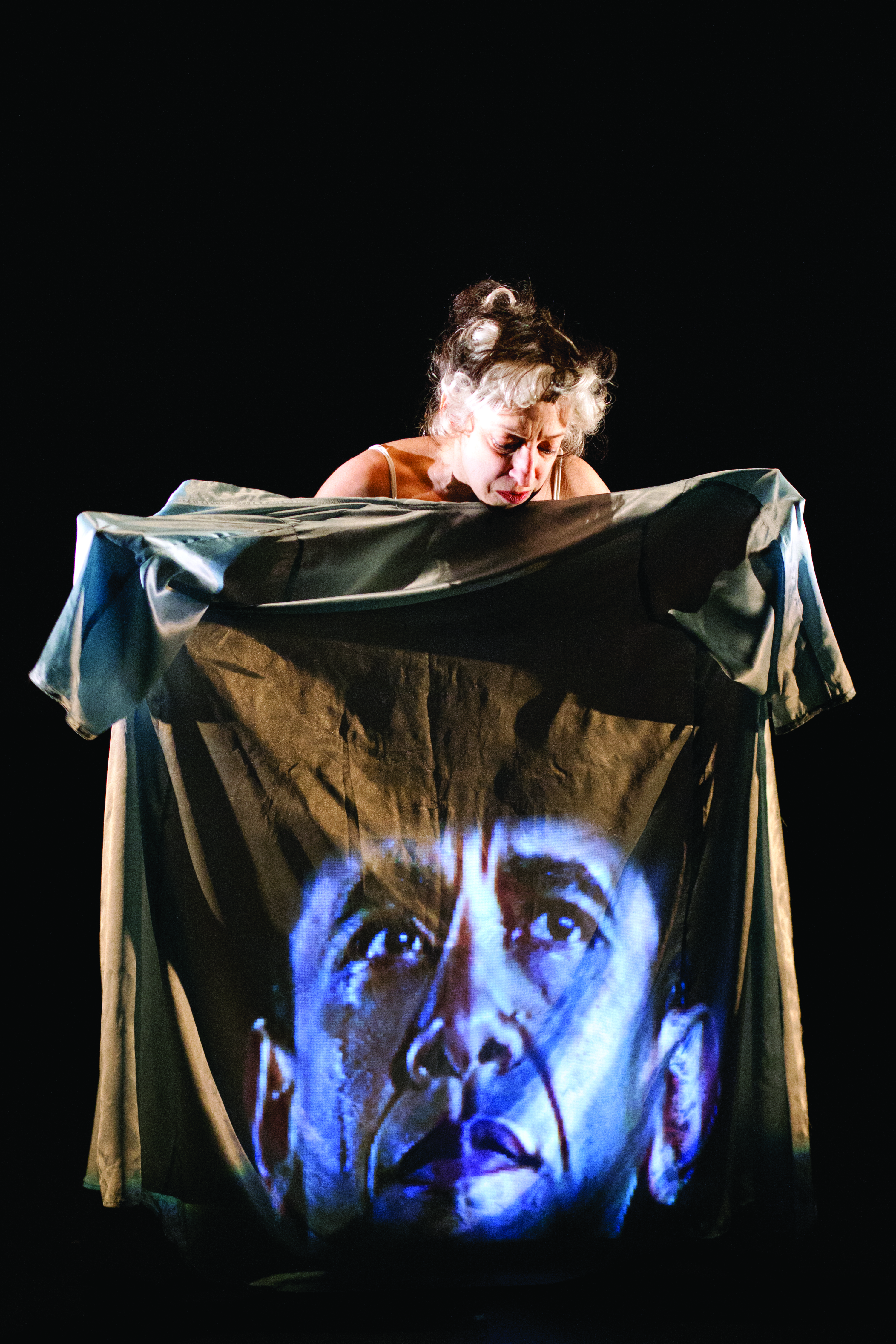Multidisciplinary artist Dulcinea Langfelder brings you a collection of her nighttime endeavours
In modern times, it has been shown that dreams are connected to the unconscious, varying from normal, ordinary sensations and emotions to overly surreal and bizarre images and ideas. Dreams can be of different natures: frightening, exciting, magical, melancholic, adventurous, sexual. They are generally outside the control of the dreamer and their content or purpose is not definitively understood. We usually struggle to make sense of these images and experiences. Many have tried to explore their meaning and symbolism, having agreed on anything except that we all dream and need to dream.

Like many of us, Dulcinea Langfelder, an internationally acclaimed and award-winning multidisciplinary artist, had always been curious about this subject. Wanting to create a piece about dreams, Langfelder immersed herself in scientific and philosophical research about dreams, both old and new. Recalling that she had kept track of her dreams on a recorder, she listened to every single one of her old recordings, trying to find inspiration for her new piece. “I kind of gave up on trying, within the show, to teach people why we dream,” said Langfelder. “What really became very clear to me is that we dream in order to keep our sanity. It really helps us to deal with life’s challenges. I also discovered why we forget most of our dreams, and the answer’s so simple: if we remembered all of them, it would be nearly impossible to distinguish lived experiences from dreamed ones. We dream a lot, we have, like, 10 dreams a night. If they were all registered in our memory as experiences, we’d go crazy. The important thing is that we dream in metaphor. We metaphorize everything,” she said.
Thus, Pillow Talk: An Essay on Dreaming, a collection of Langfelder’s dreams, was created. Pillow Talk, which had its world premiere at Centaur Theatre on March 29, isn’t a traditional play. It is a multidisciplinary piece where the work is split between text, choreography, music and video projections. It creates a surreal and puzzling non-linear journey that is just as hilarious as it is sweetly melancholic. Langfelder’s recordings became the narrative voice the audience hears during the piece, featuring sighs, sounds, commentary and laughter as she shares a collage of her dreams. Pillow Talk celebrates fundamental creativity, capturing emotions, feelings and all the intimacy of human struggle and unconscious yearnings.

“Vincent [the lighting and projection designer] and I listened to over a hundred dreams and we found three categories, all having to do with human instinct,” said Langfelder. “First there’s survival, which is mostly all those anxiety dreams, the most frequent being when we’re in public, we’re naked, we have to do our work and we’re totally unprepared. The second category is procreation: desire, love and so on. And then the third one, which was a revelation to me, are those dreams that have to do with spiritual instincts.”
It made sense to Langfelder that all the searching and questioning that every one does about their place in the cosmos was all human instinct—whether they’re religious or not. “Many of my dreams are what I can only call spiritual dreams, these beautiful short and sweet dreams where I’m just running backwards in fields of flowers, or where I’m a grain of sand in the cosmos,” she said.

A huge screen behind her, her nightgown, robe and body capture projections that she and her talented team of technicians have perfectly animated and synchronized. Projectors are aimed at a scale model of the stage on which she can easily move her body as a chess piece in order to achieve the desired illusion. In this fashion, when a two-dimensional Barack Obama embraces her during the performance, his arms wrap around her back with surprising realism.
“I have a series of dreams in the show I call ‘Obama Erotica,’ five dreams where I’m infatuated with Barack Obama. Nothing provocative, but they’re really delicious,” she said. In the dream she calls “Obama Five,” she explains, “I run into Obama, and I think ‘Oh my God! There’s Obama! Should I tell him about my dreams? Should I tell him that I have this series that I call Obama … And I can’t say the word. ‘Ero … Eroti’ … And finally I decide to tell him that I’m creating this piece about dreams, and that he’s in it.”
Watching Langfelder glide around the stage, reciting absurd, yet poetic dreams, the audience can really get a feeling of a human being struggling with life.
Pillow Talk: An Essay on Dreaming is playing at Centaur Theatre from March 29 to April 24. Tickets are $28 for students, call 514-288-3161 or visit centaurtheatre.com.



